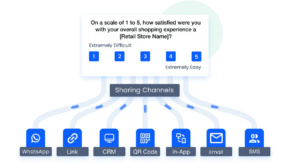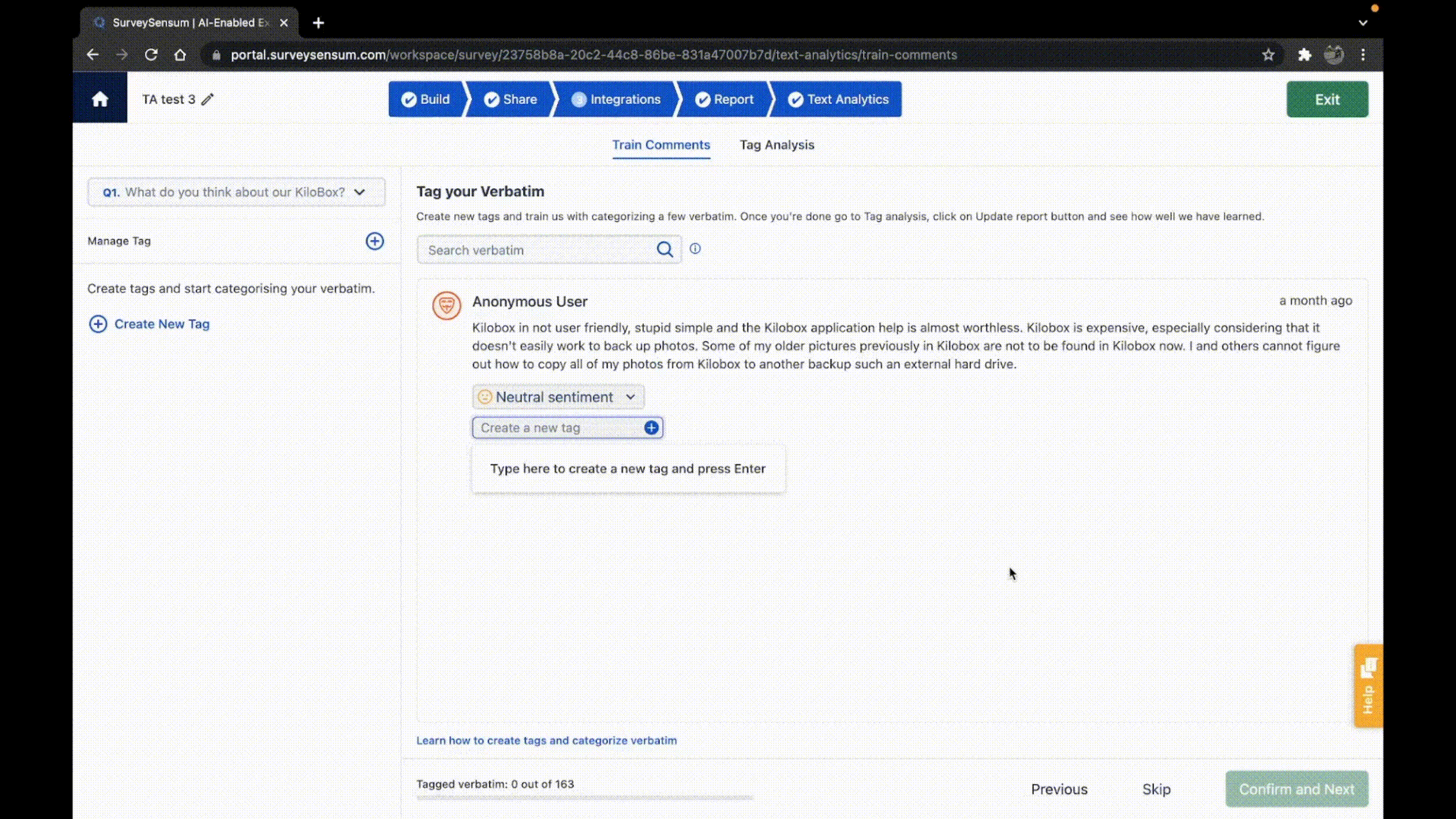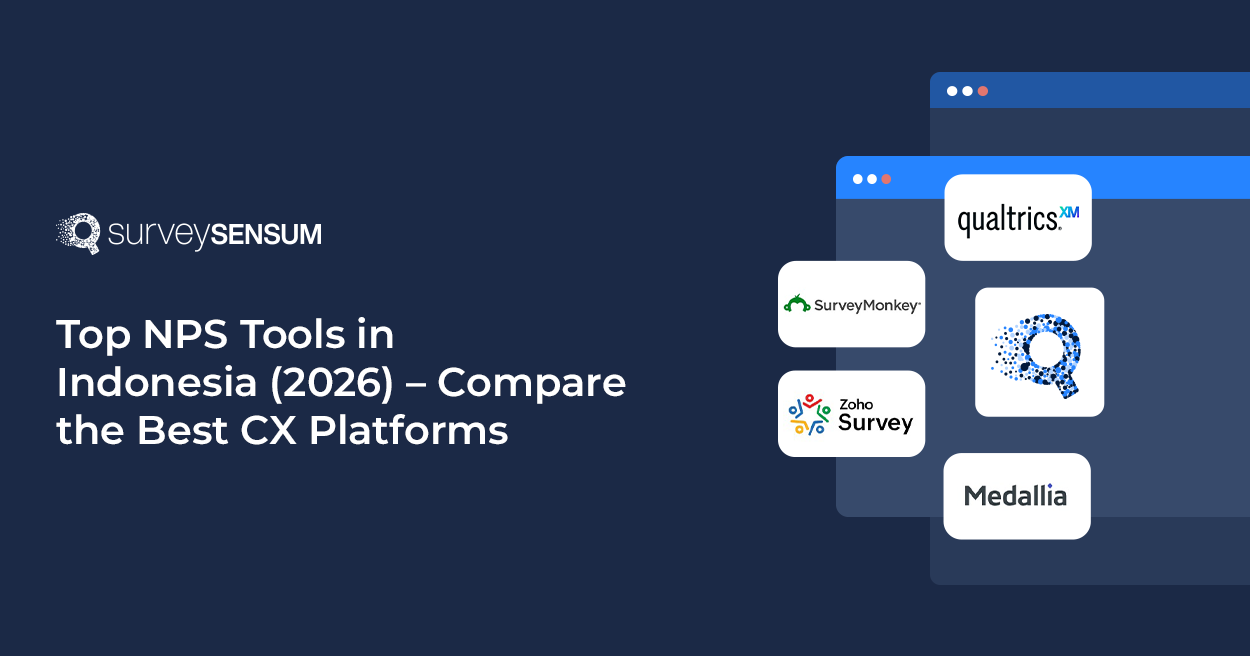

In today’s world video marketing is on fire!
Businesses of all sizes are using videos to reach their target audience, build relationships with customers, and drive sales. But with so much video content out there, how can you make sure your videos stand out?
The answer is simple: listen to your customers.
Customer feedback is the key to creating video content that resonates with your audience and achieves your marketing goals. By understanding what your customers like and dislike, what topics they’re interested in, and how they prefer to consume video content, you can create animated videos that are more likely to be watched, shared, and converted.
In this blog post, we will discuss the importance of customer feedback for video marketing and share tips on how to collect and use feedback to improve your video marketing strategy.An innovative approach to gathering this valuable insight is to collect video from user submissions. This method not only engages your audience in a more interactive way but also provides authentic feedback that can be directly incorporated into enhancing your marketing efforts
Benefits of Customer Feedback for Video Marketing
Customer feedback can help you:
- Understand your target audience: What do your customers like and dislike about your videos? What type of content do they find most engaging? This information can be used to create AI videos that speak directly to your viewers and address their concerns and desires.
- Establish an emotional connection with your audience: Video marketing revolves around establishing an emotional connection with the audience. Studies show that researching the audience and SEO are the top factors that lead to success for reportedly ~50% of businesses. A UI UX design company can help in crafting a design that effectively evokes the desired emotional response, making your video content more impactful. Customer feedback can uncover the sentiments of your viewers, so you can identify areas that evoke the desired response and those that do not. This information can help you shape your message, refine your storytelling, and adjust your tone to better resonate with your viewers. Collaborating with an SEO Consultant can further optimize your video content for search engines, ensuring increased visibility and reach.
- Identify promising platforms and determine the type of video content suitable for these platforms: Customer feedback can provide valuable insights into which platforms your target audience is using and what type of video content they prefer. Maybe your audience is particularly drawn to custom explainer videos, tailored precisely to their preferences and interests, ensuring optimal engagement and resonance with your brand’s message. This information can help you make informed decisions about where to distribute your videos and what type of content to create. Video editing outsourcing can save you time and improve the effectiveness of your videos. If your content targets UK viewers but you’re distributing from outside the region, using a VPN for iPlayer can ensure seamless access and help your audience watch without regional restrictions.
Customer feedback is a valuable resource for video marketing. By gathering and analyzing feedback from your customers and using a free video editor tool, you can create and edit videos, stock videos, and add music to videos that are more likely to resonate with your target audience and achieve your marketing goals. You can use an AI music generator to fulfil your need for copyright-free music.
target: Additionally, leveraging tools like a YouTube Video Summarizer can help you quickly extract key insights from customer feedback and optimize your video content strategy.
Maximizing Your Video Marketing ROI: A Four-Step Guide Leveraging Customer Feedback
Step 1: Collect Actionable Customer Feedback
Collecting customer feedback shouldn’t be a mere checkbox activity; it should be an integral part of your business plan. To yield positive results, focus on obtaining accurate and actionable feedback. Even if your video marketing campaign is running smoothly, gathering customer data can uncover areas for improvement and enhance the ROI of using video for sales.
Let’s explore the various ways feedback platforms collect valuable customer data.
1. Customer Surveys:
Surveys employ a direct approach by presenting a series of questions related to your video content. SurveySensum can help you design, set up, and distribute customer surveys via various channels, including email, social media, WhatsApp, and more.

Surveys can also be placed at the end of a video to seek immediate responses regarding video quality, video relevance, and viewer engagement.
2. Social Media Engagement:
You can gather a lot of information without even asking a single question to the customer. How? By monitoring social media engagement. Various social media strategies can help you increase your engagement rate, which essentially measures your audience’s level of interaction and interest in your content.
Customer feedback platforms offer various tools to monitor a variety of metrics related to your video content. The list of engagement metrics is long. Make sure you keep tabs on the most important ones, including views, likes, and shares. These are real-time insights that can be used to make immediate changes to your content strategy. Monitoring engagement metrics like views, likes, and shares provides valuable insights into your audience’s interest and interaction with your content, enabling you to optimize your strategy to get more likes and views.
3. Comments and Reviews:
Comments and reviews remove the guesswork from feedback analysis. Most customer reviews and comments are clear about the pros and cons of your video content.
Why Collect Relevant and Actionable Feedback?
Now, let’s venture into the reasons for collecting only relevant and actionable feedback.
Generic feedback such as clicking the like button or words such as ‘the video is great’ show the video carries the right message. That said, such feedback is generic and doesn’t provide insights that can improve the ROI of video marketing.
Running after generic feedback is a waste of time and resources. The digital marketing space is highly crowded and competitive. You need to actively look for actionable data to gain a competitive edge over others.
The sooner you develop a strategy for video content, the more likely you can stay ahead of your competition.
Gathering specific and relevant feedback will help you produce videos that align with the needs of customers and your marketing objectives. Listening to your customers will foster a sense of loyalty, and actionable insights will improve the customer experience. Adapting your video marketing based on customer feedback will increase conversions and, ultimately, ROI.
Ready to boost the ROI of Video Marketing with feedback?
Step 2: Analyze and Interpret Feedback Data
Customer feedback is a goldmine of information, but raw data is merely a heap of unrefined material offering no real insights into the minds and hearts of customers.
To unlock its full potential, collected data must undergo a refining process to extract meaningful insights, leading to more engaging videos and, ultimately, a higher ROI for your video marketing consulting efforts.
The Process of Analyzing Feedback Data
1. Accumulating Feedback Data: This step is already complete, thanks to the use of customer feedback platforms such as SurveySensum. These platforms gather both quantitative and qualitative data from a variety of sources, including chatbots, social media comments, reviews, surveys, and email responses. The latter involves cold email responses sent to an email list from a LinkedIn email finder aiming to test an existing audience through that channel. Monitoring the email bounce rate is crucial for assessing the effectiveness of your email campaigns. This metric helps identify the percentage of emails that were not delivered successfully, providing insights into the quality of your email list and potential issues with deliverability. To enhance this process, it’s essential to validate email addresses before sending, ensuring higher deliverability and reducing bounce rates. If you want to improve your email deliverability, use tools like GlockApps and receive in-depth spam testing reports across major ISPs, detailed analytics for your domain and IP, blacklisting results, and email content analysis. If your emails are not reaching the inbox and are being flagged as spam, you need to focus on improving deliverability. If your emails are not reaching the inbox and are being flagged as spam, you need to focus on improving deliverability.

2. Organizing the Collected Data: After collecting data from diverse sources, you may find yourself with a substantial amount of messy and unstructured information. Customer feedback platforms often provide data cleaning tools to eliminate duplicates, correct errors, and organize the data in preparation for the next step: data analysis.
3. Automated Text Analytics: SurveySensum’s advanced text analytics capabilities come into play at this stage. It automates the analysis of text-based feedback, eliminating the need for manual coding or extensive human intervention. This automation accelerates the feedback analysis process, saving time and resources. Another quick and easy way to quickly eliminate grammar and spelling mistakes in your survey with just one click.

4. Sentiment Analysis: SurveySensum’s sentiment analysis tools enable businesses to understand the emotional tone behind customer feedback. By categorizing feedback as positive, neutral, or negative, companies can gauge customer sentiment and tailor their video content accordingly.
5. Topic Modeling: While understanding overall sentiment is crucial, it’s equally important to identify specific issues or sections of video content that resonate with the audience or deter them. Topic modeling algorithms process the data to identify recurring topics and themes, guiding content adjustments.
6. Data Visualization: Visualize the insights in an easily digestible format with data Visualization. Word clouds, topic charts, and sentiment graphs visually convey critical feedback trends, making it simpler for businesses to grasp and act upon the information.
SurveySensum can analyze information within minutes and provide valuable insights that have the potential to significantly boost the ROI of video marketing efforts.

Step 3: Using Customer Feedback to Refine Video Content
Assuming you already have a robust Vidico’s production agency, let’s delve into practical strategies for incorporating customer insights into refining video content:
1. Understanding Your Audience:
Over 50% of customers are not only willing but eager to make repeat purchases after experiencing content tailored to their needs. This astonishing statistic, as revealed by HubSpot, underscores the paramount importance of understanding your audience.
Now, why is understanding your audience crucial? Because your customers have specific pain points, interests, and preferences that must be addressed effectively. And customer feedback can help you with it. It provides direct insights into what resonates with your audience and what falls short.
2. Deciding Video Topics and Themes:
As per the DSIM, generating videos designed to address customer questions can lead to a 30% increase in conversion rate.
So, make the questions and pain points raised by customers the main topics of your video content. Addressing their concerns through videos demonstrates that you value customer opinions and are responsive to their needs. SEO for e-commerce, especially, starts from analyzing customer concerns and addressing their needs in your offers and strategic planning.
3. Revise Video Scripting:
Feedback insights will help you determine the proper tone, language, and message to use in your videos. Furthermore, these findings can be utilized in content creation in other marketing areas such as social media marketing, email marketing, etc etc., and even inform script coverage within a content creation agency Dubai to further enhance video content and other marketing efforts such as social media and email marketing.
4. Improve Storytelling:
Include customers’ experiences in your videos to boost authenticity and build a genuine connection with the audience. Use the emotions and sentiments expressed in feedback to create compelling stories and narratives that resonate with the target audience. This storytelling should not be limited to the platform, you can also take it to your business website. For starters, you can embed TikTok videos on the website. This will help you to have an amazing impression on your website visitors with brand storytelling. Incorporating strategies to boost TikTok view engagement, such as using trending hashtags and collaborating with influencers, can further amplify your reach and captivate a larger audience.
5. Enhancing Visuals:
Use insights gained from customer feedback to adjust design elements, color schemes, and fonts and add subtitles to video. The graphics, imagery, and animations in your videos must align with customer expectations.
6. Video Format and Length:
Utilize customer feedback, especially through video review software, to gain insights into audience preferences for video format and length. Analyze feedback to shortlist video formats and then experiment with different formats (educational videos, demo videos, explainer videos, etc.) to choose the ones that garner the most positive response.
Using customer feedback to improve video content strengthens the connection between your brand and the audience. This process should be ongoing; keep listening and adapting to see a consistent increase in audience engagement and the ROI of video marketing.
Step 4: Measuring ROI in Video Marketing
Are the revisions made based on customer feedback insights proving effective?
You’ll only find out after measuring the progress of your campaign and the ROI of video marketing efforts.
Video metrics can be overwhelming in their abundance, but you don’t need to track them all. Focusing on key performance indicators will help you determine the success of your efforts.
Here are five essential video metrics to monitor:
- View Count: This metric is often the first you’ll notice and track. It provides insights into the reach and initial interest in your video content.
- Click-Through Rate (CTR): CTR measures the percentage of viewers who have clicked a link in the video or description. A higher CTR indicates engaging content, a persuasive message, and a genuine interest in learning more about your brand.
- Engagement Metrics: Likes, shares, and comments serve as valuable forms of customer feedback. These metrics reveal the level of engagement and viewer sentiment.
- Conversion Rate: This metric gauges the percentage of viewers willing to take action as prompted by your video. The call-to-action could range from filling out a newsletter form to making a purchase or visiting a landing page. so it’s essential to build a landing page that’s high-converting.
- Revenue Generated: Perhaps the most crucial metric, though often the most challenging to determine, is the revenue generated through your video. This directly impacts the ROI of video marketing efforts.
However, it’s important to note that these metrics alone may not suffice in measuring the ROI of video marketing due to various factors:
- A customer journey, from initial awareness to final purchase, involves multiple touchpoints. It can be difficult to determine whether a sale is directly influenced by video marketing or other marketing strategies.
- Your efforts to enhance video marketing now may yield long-term benefits that are challenging to track and quantify.
In addition to offering insights for improving your video content, customer feedback can also be harnessed for ROI assessment. How?
Consider the following methods:
- Utilize surveys created using SurveySensum to gain insights into customer views and perceptions of your videos.
- Implement conversational analytics to analyze comments, forum posts, and other types of feedback, allowing you to better understand the impact of your videos.
Final Thoughts
We’ve explored the power of customer feedback and how to harness it effectively. Gathering relevant data is the starting point, but correct analysis is crucial. To measure the impact of these insights on video marketing ROI, track key KPIs.
If you haven’t used customer feedback to enhance marketing ROI, it’s time to start. Feedback-driven strategies can deliver impressive results. Begin your journey today and share your success stories.
SurveySensum, with its advanced tools, can be your partner in gathering and analyzing customer feedback. Start your journey to greater ROI with SurveySensum today!
About the author:
Cristian Stanciu is the owner of Veedyou Media – a company offering video animation services to marketing agencies, video production studios and brands all over the globe. Experienced post production producer with a demonstrated history of working in the motion pictures and film industry. Skilled in Adobe Premiere Pro, online video marketing, video editing, video production, and video post-production.















